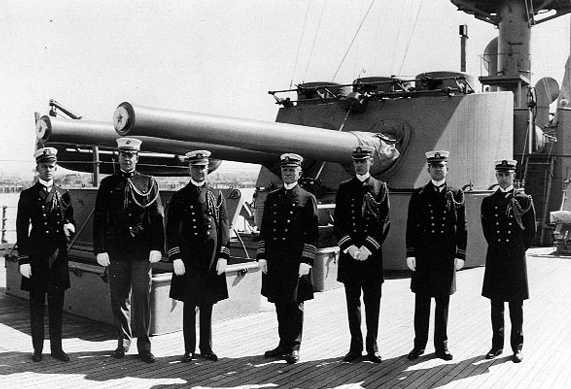
Part of the generation of smokeless-powder guns developed at the end of the Spanish American War and much stronger than the previous 8"/40 (20.3 cm) Mark 5. This was used as secondaries on the last US pre-dreadnoughts and as main guns on armored cruisers. A number of older armored cruisers were rearmed with this gun during refits in the early 1900s.
This weapon was unusual in that some pre-dreadnoughts used them in two-level turrets, with the 8" (20.3 cm) guns on top and a larger caliber below. Although ultimately unsuccessful in this configuration, the experience gained led to the very successful development of superfiring main-caliber turrets on USS South Carolina (B-26), the first "dreadnought" with this mounting scheme.
In 1908 AP projectiles were fitted with a longer ballistic cap of 7crh which improved their penetration ability at longer ranges.
The scrapping of pre-dreadnoughts as required by the Washington Naval Limitation Treaty made many of these guns surplus. About two dozen were used as railway guns and another sixteen were used as coastal artillery on Army barbette carriage mountings. The Army guns were given new, lighter and more streamlined projectiles.
Mod 0 was constructed of A tube, jacket, three hoops and a locking ring, all of nickel steel, with a Welin breech block. A total of eight Mods, 6/0 to 6/7, were made. For Mods 1 to 4, the major differences were in the liners, breech mechanisms, chambers and rifling. Mod 5 were rebuilt Mod 0 guns, replacing hoops B2, C2 and D1. Mod 6 was for either Mod 0 relined with a two-step conical liner, or Mod 3 relined with the step on the liner nearest the muzzle eliminated. Mod 7 was Mod 2 relined with a two-step conical liner or Mod 4 relined with the step on the liner nearest the muzzle eliminated. These guns used the Fletcher breech mechanism with Welin breech plugs.
| Designation | 8"/45 (20.3 cm) Mark 6 1 |
|---|---|
| Ship Class Used On | As built: Virginia (B-13), Connecticut (B-18) and Mississippi (B-23) classes
As rearmed: USS New York (ACR-2) and Pennsylvania (ACR-4) classes |
| Date Of Design | about 1900 |
| Date In Service | 1906 |
| Gun Weight | 18.8 tons (19.2 mt) |
| Gun Length | 368.0 in (9.373 m) |
| Bore Length | 360 in (9.144 m) |
| Rifling Length | 288.79 in (7.335 m) |
| Grooves | 0.07 in (1.78 mm) deep |
| Lands | N/A |
| Twist | Mod 0: Uniform RH 1 in 25
Others: Increasing RH 1 in 44.4 to 1 in 25 at the muzzle |
| Chamber Volume | N/A |
| Rate Of Fire | 1 - 2 rounds per minute |
- ^Firing was by both percussion and electrical means.
| Type | Bag |
|---|---|
| Projectile Types and Weights | Naval AP: 260 lbs. (118 kg)
Naval Common: 260 lbs. (118 kg) Naval ASW: N/A 1a Army AP Mark 20: 260 lbs. (118 kg)
|
| Bursting Charge | Naval AP: 6.0 to 6.2 lbs. (2.7 to 2.8 kg) Explosive D
Naval Common: about 15.6 lbs. (7.1 kg) Army AP: about 6.5 lbs. (2.9 kg)
|
| Projectile Length | N/A |
| Propellant Charge | Navy: 98.5 lbs. (44.7 kg) SPD
Army: N/A |
| Muzzle Velocity | Naval AP: 2,750 fps (838 mps)
Naval Common: 2,750 fps (838 mps) Army AP (normal charge): 2,100 fps (640 mps)
Army HE (normal charge): 2,150 fps (655 mps)
|
| Working Pressure | 17.0 tons/in2 (2,680 kg/cm2) |
| Approximate Barrel Life | N/A |
| Ammunition Stowage per gun | Virginia: 125 rounds
Connecticut: 100 rounds Mississippi: 111 rounds Pennsylvania: 125 rounds |
- ^During World War I, a "flat-nose" shell was developed for use against submarines. The flat nose allowed the projectile to travel through water with reasonable accuracy. Assuming an overall shell weight of 260 lbs. (118 kg), I would estimate that this shell had a burster of about 68 lbs. (31 kg).
| Elevation | Range | Angle of Fall | Time of Flight | Striking Velocity | Maximum Ordinate |
|---|---|---|---|---|---|
| 2.20 degrees | 5,000 yards (4,572 m) | 2.63 degrees | 6.26 seconds | 2,098 fps (639 mps) | 158 ft (48 m) |
| 5.43 degrees | 10,000 yards (9,144 m) | 7.83 degrees | 14.54 seconds | 1,591 fps (485 mps) | 856 ft (261 m) |
| 10.16 degrees | 15,000 yards (13,716 m) | 16.98 degrees | 25.36 seconds | 1,271 fps (387 mps) | 2,625 ft (800 m) |
| 16.49 degrees | 20,000 yards (18,288 m) | 29.02 degrees | 38.38 seconds | 1,180 fps (360 mps) | 6,120 ft (1,865 m) |
| 20.67 degrees | 22,500 yards (20,574 m) | 34.97 degrees | 45.41 seconds | 1,191 fps (363 mps) | 8,633 ft (2,640 m) |
| Elevation | Range |
|---|---|
| 45 degrees
(Army RR Gun) |
35,300 yards (32,280 m) |
| Range | Side Armor | Deck Armor |
|---|---|---|
| 0 yards (0 m) | 12.0" (305 mm) | --- |
| 6,000 yards (5,490 m) | 7.58" (193 mm) | --- |
| 9,000 yards (8,230 m) | 5.48" (139 mm) | --- |
| 12,000 yards (10,920 m) | 4.63" (118 mm) | --- |
The above data is from "Ordnance Data Sheets" of 1905 from "US Naval Weapons" for face-hardened Harvey plates and is for the older shell design. "U.S. Armored Cruisers: A Design and Operational History" reports that this same shell could penetrate 4.4" (112 mm) of Krupp nickel-chromium armor at 9,000 yards (8,230 m).
| Range | Side Armor | Deck Armor |
|---|---|---|
| 6,000 yards (5,490 m) | 8.6" (218 mm) | --- |
| 9,000 yards (8,230 m) | 6.6" (168 mm) | --- |
| 12,000 yards (10,920 m) | 5.0" (127 mm) | --- |
The above data is from "Elements of US Naval Guns" of 1918 from "US Naval Weapons" and is for the 7crh projectile. Data is corrected for angle of fall and may also refer to harder armor than used for the 1905 data.
| Designation | Two-gun Turrets 1c 2c 3c Virginia (2), Connecticut (4) and Mississippi (4) : Mark 12 New York (2) 4c and Pennsylvania 5c (2) as refitted: Mark 12 Dual-Caliber Turrets
Army Artillery
|
|---|---|
| Weight | Mark 12
Pennsylvania: 147 tons (149 mt) Virginia: 151 tons (153 mt) Connecticut: 149 tons (151 mt) |
| Elevation | Mark 12: -7 / +20 degrees
Mark 5: -7 / +20 degrees Army M1A1 (firing): 0 / +45 degrees |
| Elevation Rate | N/A |
| Train 6c | Naval Mounts: +135 / -135 degrees
Army M1A1: 360 degrees continuous |
| Train Rate | Naval Mounts: 6 degrees per second
Army M1A1: N/A |
| Gun recoil | Naval: 28.5 in (72.4 cm) max
Army: N/A |
| Loading angle | Mark 12: 0 degrees
Army M1A1: - 5 degrees |
- ^These turrets were balanced, which means that the center of rotation was also the center of weight. The Mark 12 used the "grass-hopper" counter recoil system whereby a spring box, located under the gun pit, was connected via two heavy, pivoted arms to the gun yoke. See 10"/40 (25.4 cm) datapage for a sketch.
- ^The Mark 12 was the first USN turret with an inclined glacis plate, an invention by Chief Constructor Philip Hichborn. The cylindrical turret used on previous ships had vertical sides, thus requiring large gunports in order to achieve even a limited elevation. The inclined face of the Mark 12 meant that high elevations could be achieved with gun ports only slightly larger than the outside gun diameter, resulting in greatly improved protection. This basic design was so successful that the USN continued to use it for gun mounts and turrets until after World War II.
- ^Between 1907 and 1909 these turrets were extensively modified. Almost all electrical gear that could create sparks was moved from the turrets and ammunition spaces and placed into compartments below the armored deck. Electrical equipment that was absolutely required to remain was made flameproof. Automatic shutters were fitted in the ammunition supply tubes between the turret and magazines in order to increase flash protection. Longitudinal bulkheads were fitted to separate the guns into individual compartments. Electric powered ammunition hoists and rammers were removed and replaced with handworked gear to increase the rate of fire at a cost of increased manning.
- ^During modifications in 1905, New York had all six of her 8"/35 (20.3 cm) guns removed and was refitted with four 8"/45 Mark 6 guns in two Mark 12 turrets.
- ^The Pennsylvania class traded their four 8"/35 (20.3 cm) guns for four 8"/45 (20.3 cm) Mark 6 guns in two Mark 12 turrets.
- ^Training, elevation, hoists and rammers were all electrically powered. It took 15 minutes to train the Mark 12 turrets through 270 degrees by hand while it took only 45 seconds to do the same job with the electric motors.
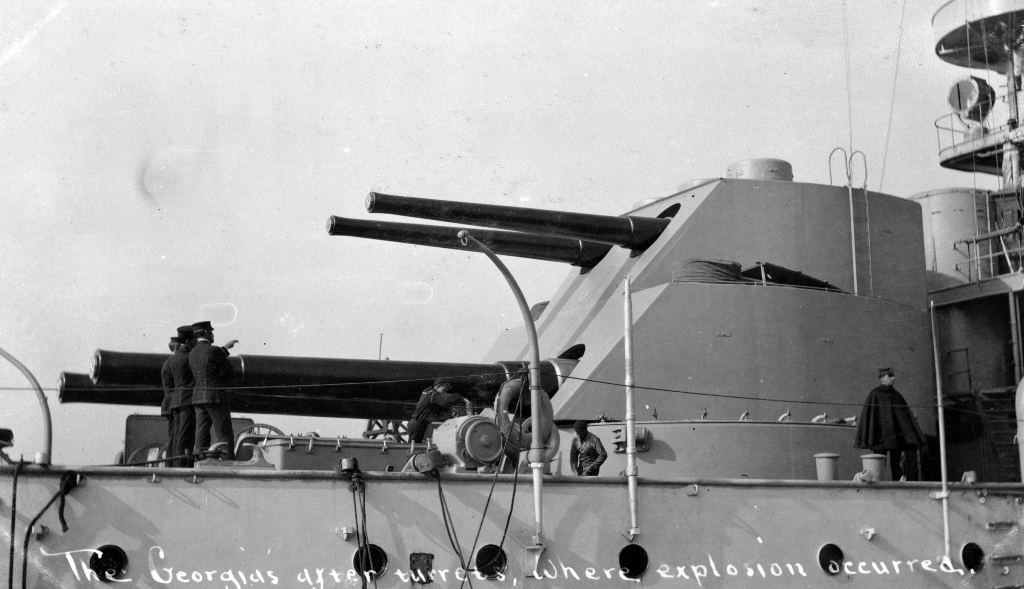
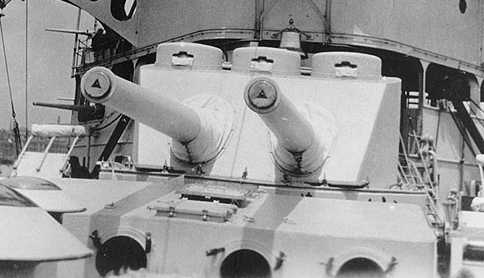
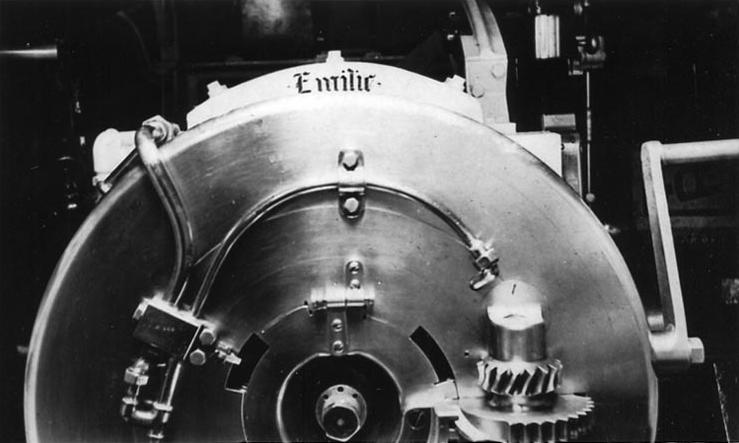

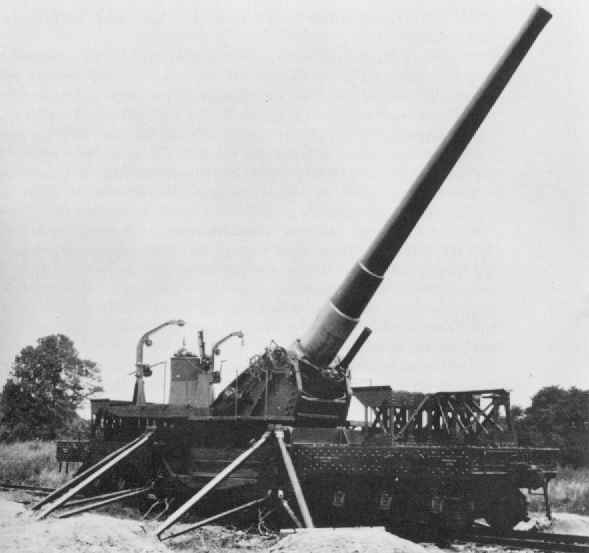

"American Seacoast Defenses: A Reference Guide" by Mark A. Berhow of the Coast Defense Study Group
"Naval Weapons of World War Two" by John Campbell
"US Naval Weapons," "U.S. Cruisers: An Illustrated Design History" and "U.S. Battleships: An Illustrated Design History" all by Norman Friedman
Seacoast Fortifications of the United States: An Introductory History" by Emanuel Raymond Lewis
"U.S. Armored Cruisers: A Design and Operational History" by Ivan Musicant
---
"The Engineer" 27 April 1917 (as quoted in Warship International No. 1, 1994)
---
"Naval Ordnance - A Text Book" revised in 1915 by Lt. Cmdr. Roland I. Curtain and Lt. Cmdr. Thomas L. Johnson
"Range and Ballistic Tables 1935" by Department of Ordnance and Gunnery, U.S. Naval Academy
"United States Naval Guns: Their Marks and Modifications - Ordnance Pamphlet No. 127, 2nd Revision - June 1924" by Bureau of Ordnance (BuOrd), Department of the Navy
"8-inch Range Table - 2,750 F.S. Initial Velocity to 22,500 yards - Ordnance Pamphlet No. 245 - January 1918" by Bureau of Ordnance (BuOrd), Department of the Navy
"U.S. Explosive Ordnance - Ordnance Pamphlet No. 1664 - May 1947" by Bureau of Ordnance (BuOrd), Department of the Navy
---
FM 4-49, 8-Inch Gun, Mark VI, Modification 3A2, on Railway Mount M1A1 August 6 1942
---
Gene Slover's Navy Pages
13 December 2008 - Benchmark
29 July 2016 - Converted to HTML 5 format
21 April 2021 - Reorganized notes
10 January 2023 - Minor formatting changes, added photograph of Army M1 Barbette Carriage mounting
21 June 2021 - Added comments about Fletcher breech mechanism
09 August 2023 - Revised range table
